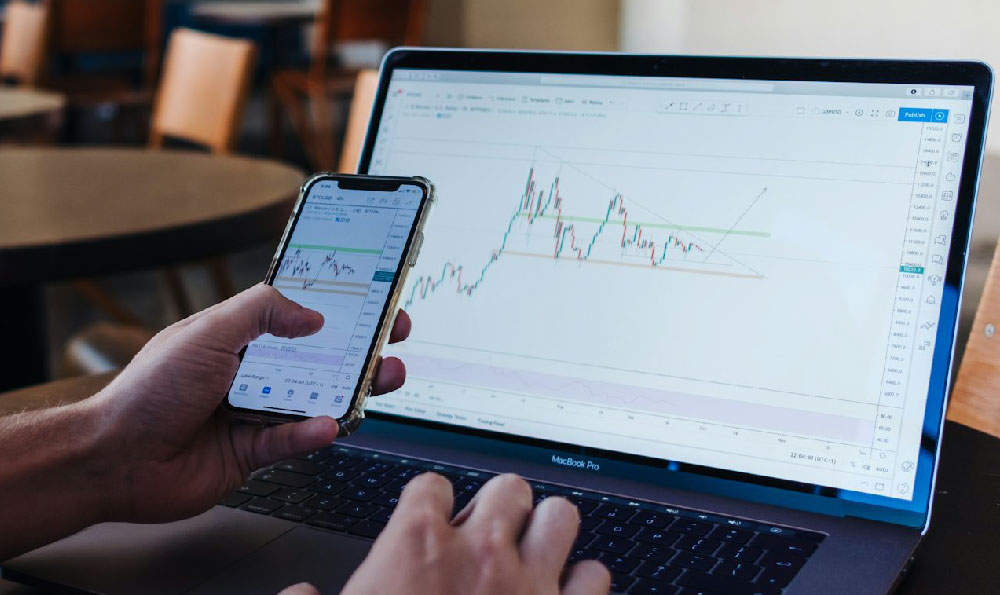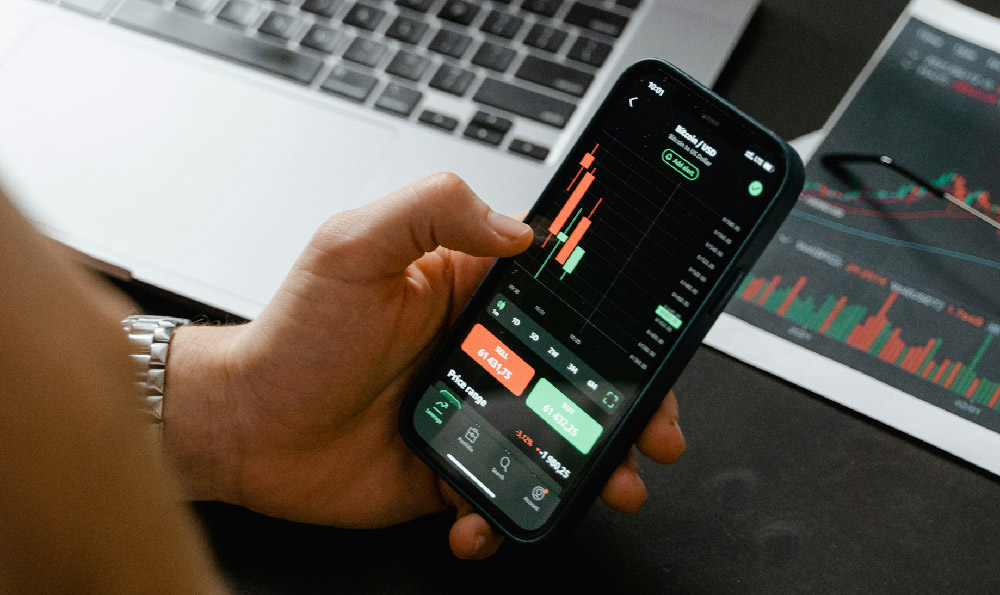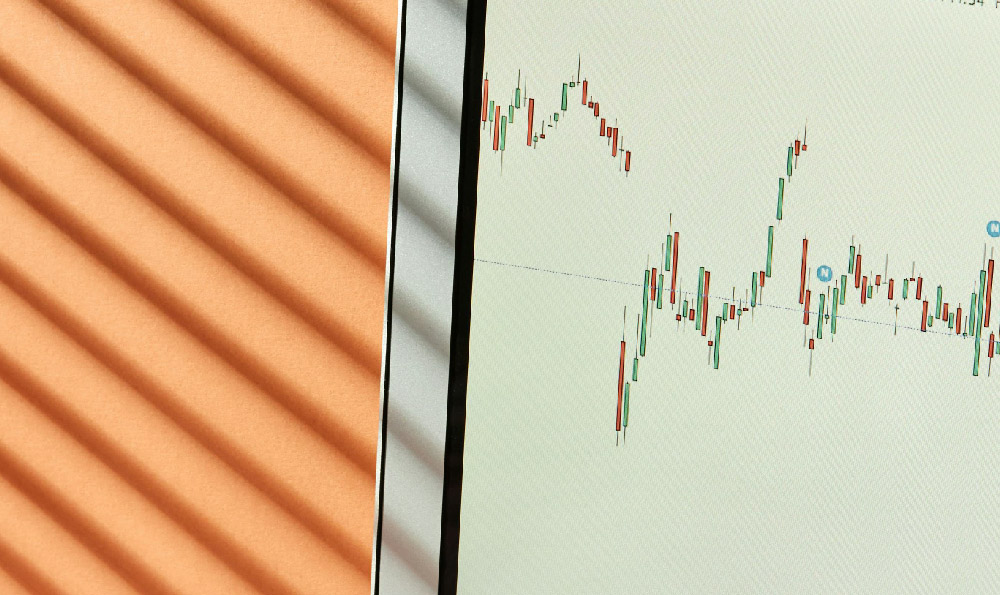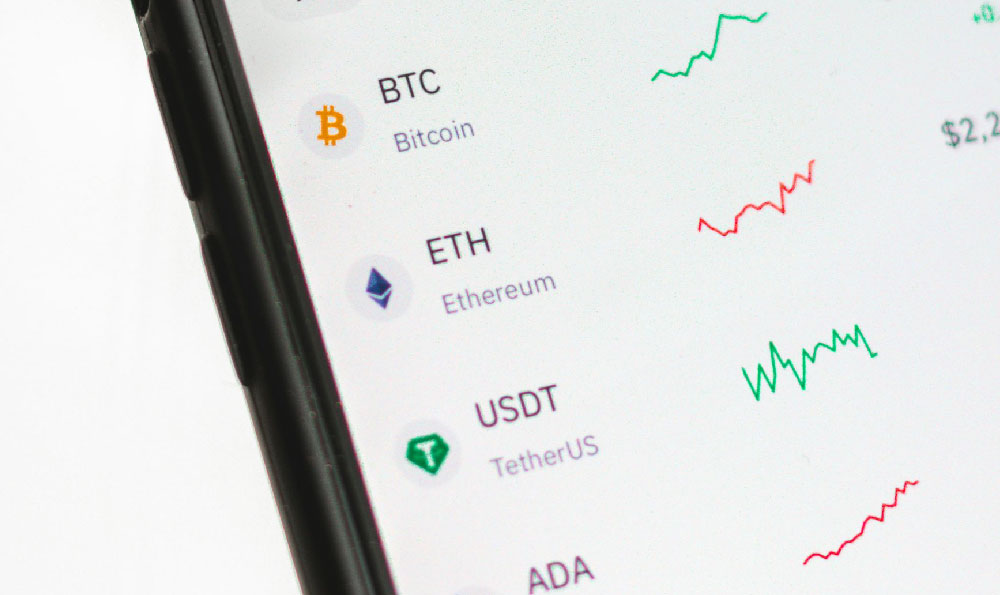Okay, I'm ready. Here's an article about ETFs, aimed at someone relatively new to investing, explaining what they are and how to invest in them.
ETFs: Demystifying the Investment Vehicle and Guiding You to Your First Purchase
Exchange-Traded Funds (ETFs) have become a cornerstone of modern investing, offering a blend of diversification, liquidity, and cost-effectiveness that appeals to both novice and experienced investors alike. But what exactly are ETFs, and how can you start using them to build a successful investment portfolio?

At its core, an ETF is a type of investment fund that holds a basket of assets, such as stocks, bonds, or commodities, and trades on stock exchanges like individual stocks. Think of it as a pre-packaged, diversified investment. Instead of individually buying shares of dozens or even hundreds of different companies, you can purchase a single ETF share that represents ownership in all of those companies simultaneously. This inherent diversification is one of the key advantages of ETFs, reducing the risk associated with concentrating your investments in just a few holdings.
To understand how ETFs work, it’s helpful to differentiate them from another popular type of investment fund: mutual funds. While both offer diversification, they differ significantly in their structure and trading mechanisms. Mutual funds are typically bought and sold directly from the fund company at the end of each trading day, with the price determined by the fund's net asset value (NAV). ETFs, on the other hand, trade continuously throughout the trading day on exchanges, just like stocks. This intraday trading capability gives investors more flexibility and control over when they buy and sell their shares. The price of an ETF will fluctuate throughout the day based on supply and demand, which may sometimes differ slightly from its underlying NAV.
The variety of ETFs available is staggering, catering to virtually every investment strategy and market segment imaginable. Some ETFs track broad market indexes, such as the S&P 500 or the Nasdaq 100, providing investors with exposure to a large segment of the overall stock market. These are often referred to as index ETFs or passively managed ETFs. Others focus on specific sectors, such as technology, healthcare, or energy, allowing investors to target their investments to areas they believe will outperform the broader market. There are even ETFs that focus on specific geographic regions, like emerging markets or developed economies.
Beyond these broad categories, you'll find more specialized ETFs, including those that track bond indexes, commodity prices (like gold or oil), or even currency values. Actively managed ETFs exist as well, where a fund manager actively selects and manages the underlying assets with the goal of outperforming a specific benchmark. However, these often come with higher expense ratios than passively managed index ETFs. Finally, inverse ETFs are designed to profit from a decline in the value of an underlying index or asset, using derivatives to achieve this objective. These are often used for short-term hedging or speculative purposes and are generally not recommended for long-term investors due to their complexity and inherent risks.
Now, let's move on to the practical aspects of investing in ETFs. The process is relatively straightforward and accessible to anyone with a brokerage account.
-
Open a Brokerage Account: The first step is to open an account with a reputable online brokerage firm. Many options are available, offering different features, fee structures, and research tools. Some popular choices include Fidelity, Charles Schwab, Vanguard, and Interactive Brokers. Carefully compare the offerings of different brokers before making a decision, paying particular attention to commission fees, account minimums, and the availability of educational resources.
-
Research and Select ETFs: Once you have a brokerage account, it's time to start researching and selecting ETFs that align with your investment goals and risk tolerance. Consider factors such as the ETF's expense ratio (the annual fee charged to manage the fund), its historical performance, its tracking error (how closely it follows its underlying index), and its liquidity (how easily it can be bought and sold). Websites like ETF.com and Morningstar provide comprehensive information on ETFs, including fund fact sheets, performance data, and analyst ratings. Don't just chase past performance; focus on understanding the ETF's investment strategy and its suitability for your overall portfolio.
-
Place Your Order: Once you've chosen an ETF, you can place an order through your brokerage account. You'll typically have the option to place a market order (which executes immediately at the best available price) or a limit order (which only executes if the price reaches a specific level you set). For most investors, a market order is sufficient for buying ETFs, especially those with high trading volumes.
-
Monitor Your Investments: After you've purchased your ETF shares, it's important to monitor your investments regularly. Track the ETF's performance, review its holdings, and rebalance your portfolio as needed to maintain your desired asset allocation. This doesn't mean constantly checking your account; a quarterly or even annual review may be sufficient, depending on your investment strategy and time horizon.
Consider some important factors before diving into ETF investing. Your risk tolerance is paramount. Are you comfortable with the potential for market fluctuations, or do you prefer a more conservative approach? Your investment goals are equally important. Are you saving for retirement, a down payment on a house, or another long-term goal? Your investment time horizon, or the length of time you plan to invest, will also influence your ETF choices.
Beginners should consider starting with broad market index ETFs, which offer instant diversification and relatively low risk. These ETFs track indexes like the S&P 500 or the total stock market, providing exposure to a wide range of companies across different sectors. As you gain more experience and knowledge, you can explore more specialized ETFs that align with your specific interests and investment objectives. Dollar-cost averaging, where you invest a fixed amount of money at regular intervals, can also be a good strategy for beginners, helping to smooth out market volatility and avoid the risk of trying to time the market.
Investing in ETFs offers a compelling way to diversify your portfolio, access different markets and asset classes, and potentially achieve your financial goals. By understanding the basics of ETFs and following these steps, you can begin building a solid foundation for your investment journey. Remember to do your research, consider your risk tolerance, and invest for the long term.












